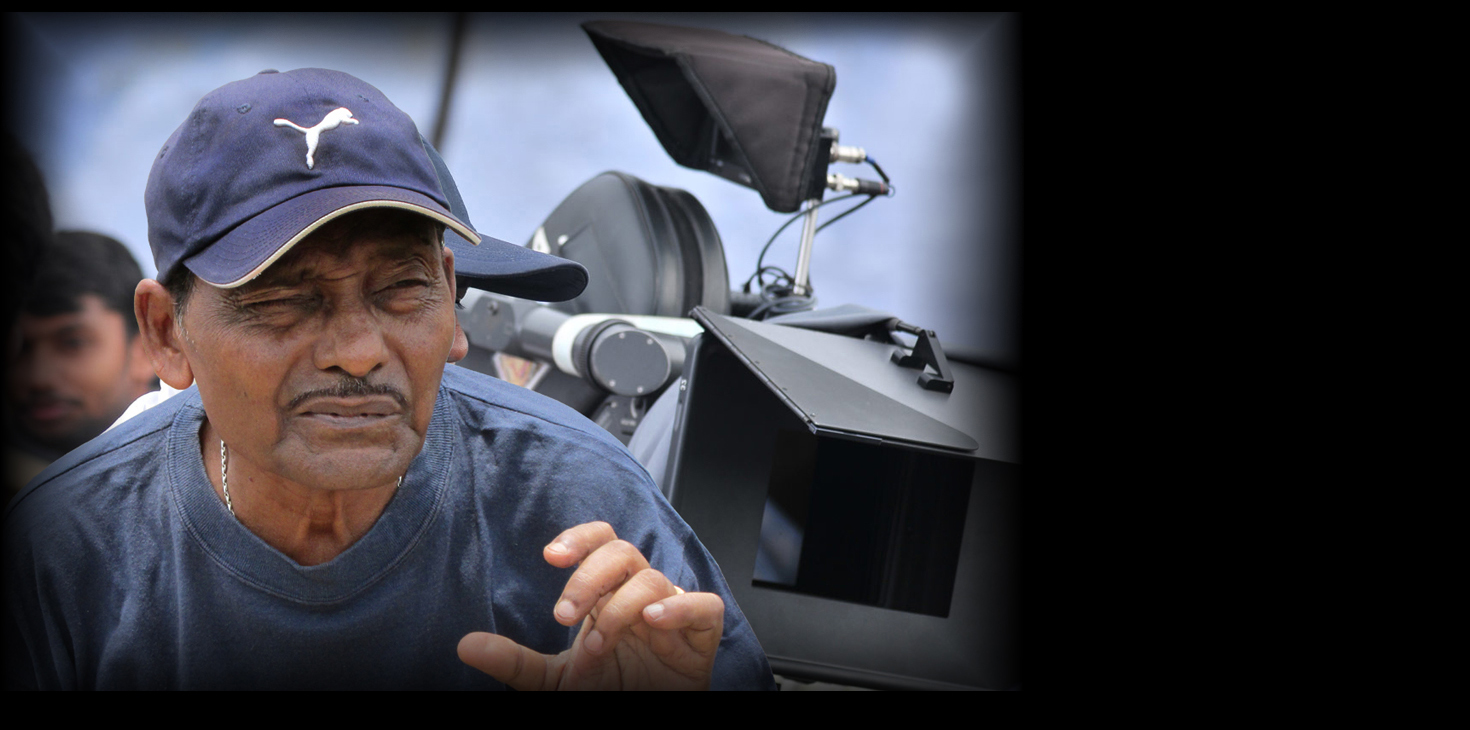Aesthetic identity
Since the parttion, the reorganization of theaters around projects, as well as the increasing use of invited directors, modify the contents of dramaturgic activities. The dramatists see their activity’s borders move quickly. They are at the same time confronted with a picture of the diversify contents that they did not understand. These alterations raise many questions. How do the dramatists take position today in theaters which organizational and aesthetic identity has been compromised? The diversification confronts the dramatists with a modification of their professional environment. It forced them to redefine their activities of mediation around new contents, while valuing elements which are an inheritance of the theatrical system of ancient culture of India.
This proposition leans on a field work led between 1980’s and 2000’s in different public theaters. For each of these theaters, I led a monographic work which aimed at tracking down the organizational changes inferred by the transition (studying work divisions between director and dramatist). I also drove biographic interviews with dramatists in charge in these various theaters, on the condition that they began their theatrical activity in India. These interviews dealt with their careers, their working practices in India and in partitioned India, their representations of dramaturgic activity. They supply a qualitative material which helps to understand the professional activity and its transformations.
